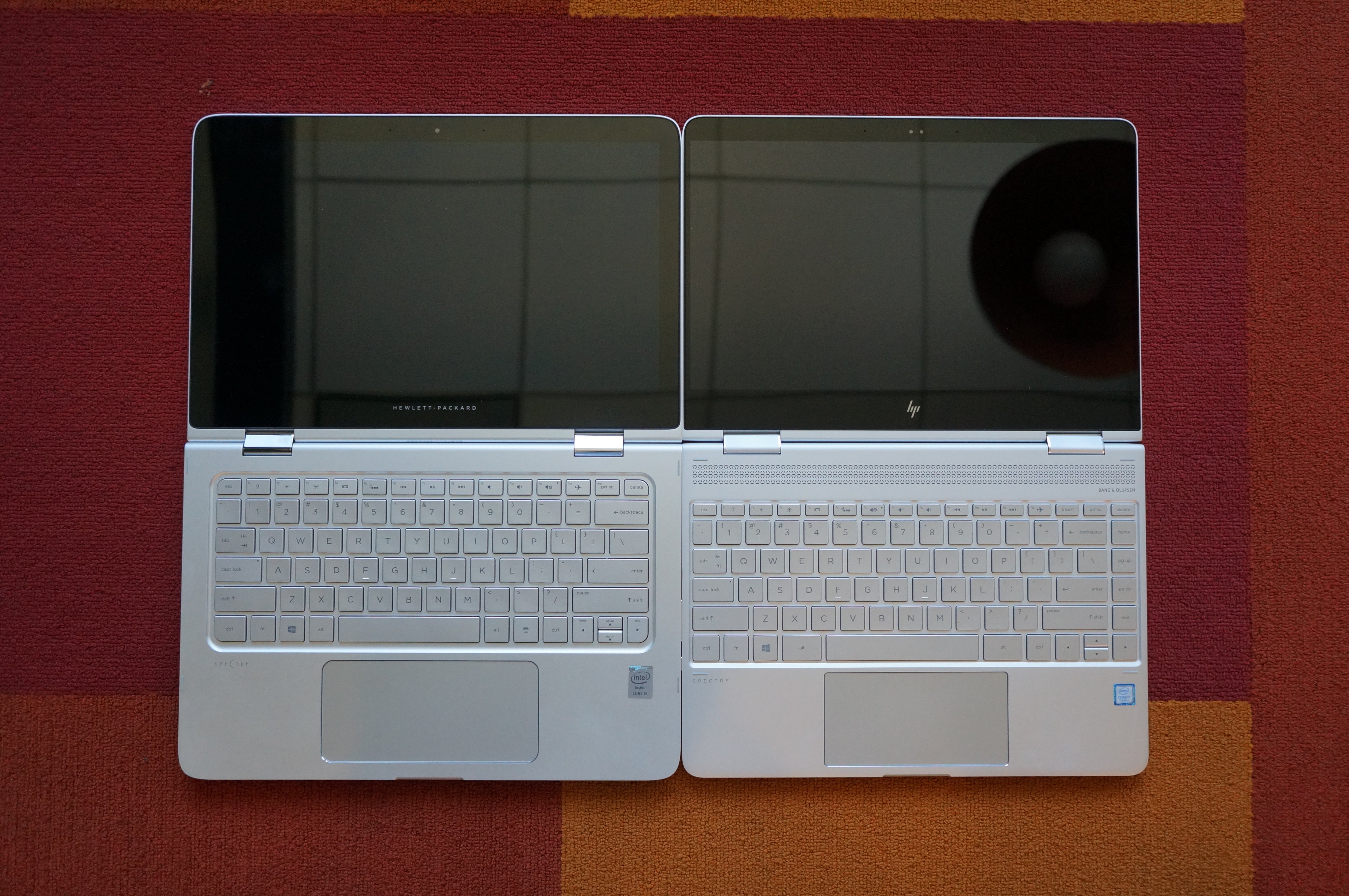

HP's convertible hinge makes it easy to flip open the x360 16 one-handed. But if you're upgrading from an older PC, the x360's screen will still be a significant step up. For some, not having those features may be a dealbreaker, especially if you plan to watch a lot of HDR video, or if you're intrigued by the smoothness of having a high refresh rate display.

Unfortunately, the x360 doesn't support HDR and Dolby Vision like Dell's XPS line, or a fast 120Hz refresh rate like we saw on the Surface Laptop Studio. There are also 3K+ LED screens available if you don't want to pay a premium for OLED. Our review unit featured a 4K+ OLED monitor that looked simply beautiful, no matter what I was looking at (though I'm a sucker for OLED's deep black levels and eye-popping colors). That results in a screen that's 22 millimeters taller, with 11 percent more vertical viewing area, according to HP. HP was able to fit a larger display into a similarly sized case by reducing bezel sizes and moving toward a taller 16-by-10 aspect ratio. Like many 16-inch notebooks we've seen recently, the x360 replaces a 15-inch model. It doesn't look like a cookie-cutter PC, and that’s the point. Little things, like the case's cut off corners and the slightly softer edges, give the x360 16 an artisanal quality. The Spectre line used to lean more heavily into a bejeweled look, but now HP is trying to tone things down while also delivering some style. Both companies went for sleek, all-metal cases, but HP's hardware features metallic accents along its edges (even the hinges get some bling). Design wise, the Spectre x360 16 is more glam than Dell's minimalist XPS line.


 0 kommentar(er)
0 kommentar(er)
